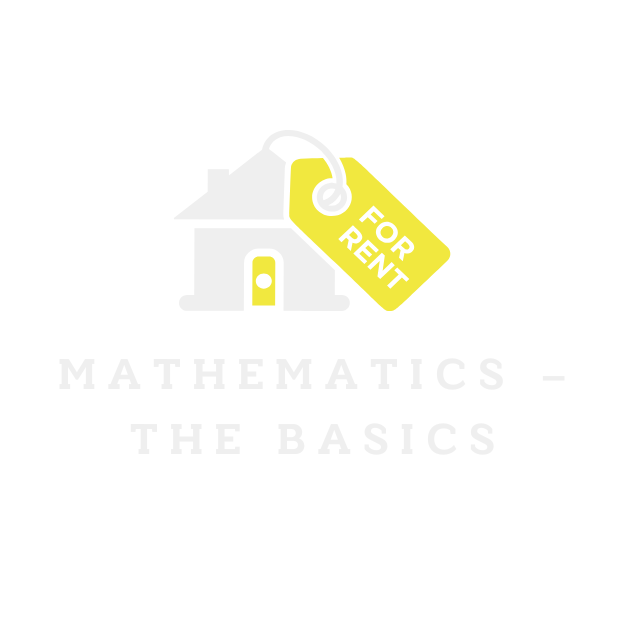Buying a home can feel like trying to solve a Rubik’s Cube blindfolded. With rising prices and endless paperwork, it’s no wonder many first-time buyers are left scratching their heads. Luckily, down payment assistance is here to save the day! It’s like that friend who always shows up with pizza when you’re starving—absolutely essential.
Table of Contents
ToggleUnderstanding Down Payment Assistance
Down payment assistance programs help first-time homebuyers manage the burden of initial home purchase costs. These programs offer financial aid to cover down payments, making homeownership more accessible. Various forms of assistance exist, including grants, loans, and second-mortgage options.
Qualifying for down payment assistance usually involves eligibility criteria based on income, credit score, and the type of home. Many programs target low to moderate-income individuals. Homebuyers need to check specific requirements for each program, as conditions can vary significantly by location.
Several local and state governments, along with nonprofit organizations, provide down payment assistance. Using these resources can significantly reduce upfront costs. Various programs might even offer additional education on homebuying, ensuring applicants make informed decisions.
Applicants must gather necessary documentation like tax returns, bank statements, and proof of income for the application process. Completing these steps often ensures that buyers meet the requirements for assistance. Potential homebuyers can also benefit from attending workshops or counseling sessions that many programs offer.
For example, HUD’s Good Neighbor Next Door program specifically aids educators, law enforcement officers, firefighters, and emergency medical technicians. Such targeted assistance helps specific professionals achieve homeownership in revitalization areas.
Recognizing the importance of down payment assistance aids in navigating the complexities of the home buying process. By understanding available resources and requirements, prospective buyers can secure the funding needed to make their homeownership dreams a reality.
Eligibility Criteria for Down Payment Assistance

Eligibility for down payment assistance varies by program. Many factors influence the approval process, including income limits and credit score considerations.
Income Requirements
Income limits often dictate who qualifies for down payment assistance programs. Generally, these limits depend on the area median income and family size. Programs may target households earning 80% to 120% of the median income. Some assistance options specifically prioritize low to moderate-income buyers, ensuring support reaches those who need it most. It’s essential to review individual program guidelines since income thresholds may differ between local and state initiatives.
Credit Score Considerations
Credit scores play a vital role in securing down payment assistance. Many programs require a minimum score, typically ranging from 620 to 640. Higher scores may unlock more favorable loan terms and increased assistance amounts. Lenders evaluate credit history and overall financial behavior when approving applicants. Individuals can improve their credit scores by clearing debts and maintaining timely payment habits, increasing their chances of qualifying for assistance.
Types of Down Payment Assistance Programs
Down payment assistance programs vary in structure and purpose. Understanding these types helps homebuyers find suitable support.
Grants vs. Loans
Grants provide funds that don’t require repayment, making them highly attractive for first-time homebuyers. Many local and state agencies offer these, aiming to reduce home purchase barriers. Loans, by contrast, must be repaid with interest. Some programs provide loans with flexible repayment options, often designed to ease financial burdens. Interest rates may vary based on the program and market conditions, influencing long-term costs. Evaluating individual needs and financial situations aids in choosing between options.
Federal and State Programs
Federal programs, such as those offered by HUD, target specific groups like teachers and police officers, enhancing homeownership opportunities. State programs often align with federal initiatives but cater to local housing market conditions. Income thresholds differ, typically based on area median income and family size. States may also combine resources with local nonprofits, leading to comprehensive assistance. Potential homebuyers must investigate programs available in their area, as details may vary significantly. Accessing the right program can lead to a smooth homebuying experience.
Steps to Apply for Down Payment Assistance
Applying for down payment assistance involves specific steps to ensure eligibility and streamline the process. Prioritize gathering necessary documents and completing the application accurately.
Gathering Necessary Documentation
Homebuyers must compile essential paperwork for the application. Common documents include tax returns from the past two years, recent pay stubs, and bank statements. Create a checklist to ensure all requirements are met. Verification of employment may also be needed, along with proof of additional income or assets. Different programs might request specific items, so reviewing each program’s requirements is crucial. Organizing documents in advance can simplify the process and avoid delays during the application.
Completing the Application Process
Filling out the application accurately is vital for approval. Many programs provide online applications, making submissions convenient. Applicants should be ready to supply detailed personal information, including income, family size, and housing history. Clear instructions will guide filling in each section. Following submission, contact the program office to confirm receipt and address any potential issues. Timeliness matters; responses can take several weeks, so regularly checking in can help maintain momentum and ensure the process stays on track.
Tips for Increasing Approval Chances
Various methods exist for enhancing the likelihood of approval for down payment assistance programs. Focus on improving specific aspects of financial health, including credit scores and employment stability, to strengthen applications.
Improving Your Credit Score
Improving a credit score can significantly boost approval chances for down payment assistance. Start by paying bills on time, as timely payments account for around 35% of the score. Reducing credit card balances also has a positive impact, ideally aiming for a utilization rate below 30%. Checking credit reports regularly helps identify and correct errors, which can elevate scores. Couples may want to consider consolidating debts or becoming authorized users on higher-scoring accounts. Seeking professional advice from credit counselors can provide targeted strategies tailored to individual financial situations.
Maintaining Stable Employment
Maintaining stable employment demonstrates financial reliability and increases the likelihood of approval. Employers often look for a consistent work history, ideally spanning at least two years within the same field. Steady income assures lenders of an applicant’s ability to make mortgage payments. Job changes should involve moves upward rather than lateral, showcasing career advancement. Applicants not currently employed may want to secure a job before applying, as freshly gained employment strengthens credibility. Documenting work history with pay stubs and tax returns enhances trust with lenders, reinforcing the commitment to responsible financial management.
Navigating the path to homeownership can be daunting but down payment assistance programs offer valuable support. By understanding the eligibility criteria and gathering the necessary documentation, potential buyers can enhance their chances of approval.
Taking steps to improve credit scores and maintaining stable employment can further strengthen applications. With the right preparation and knowledge, first-time homebuyers can unlock the door to their dream homes with the help of these resources. Embracing this opportunity can lead to a more accessible and rewarding homebuying experience.


